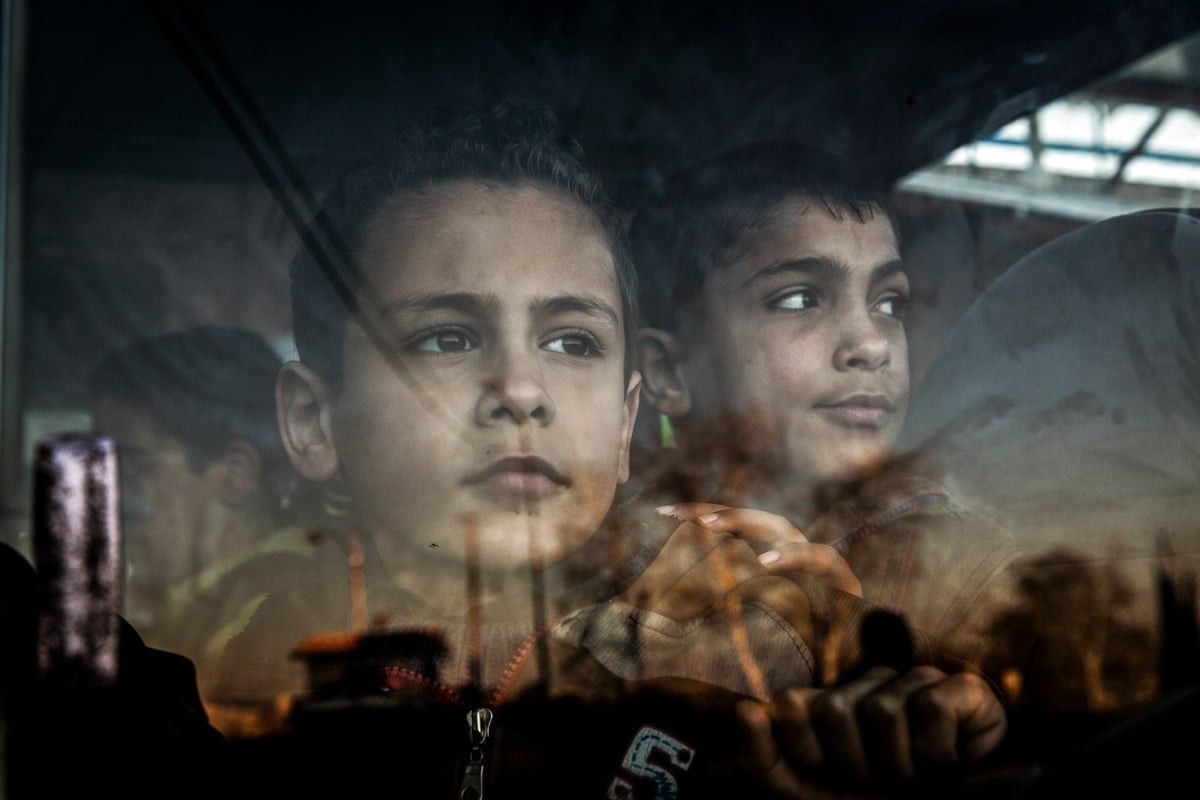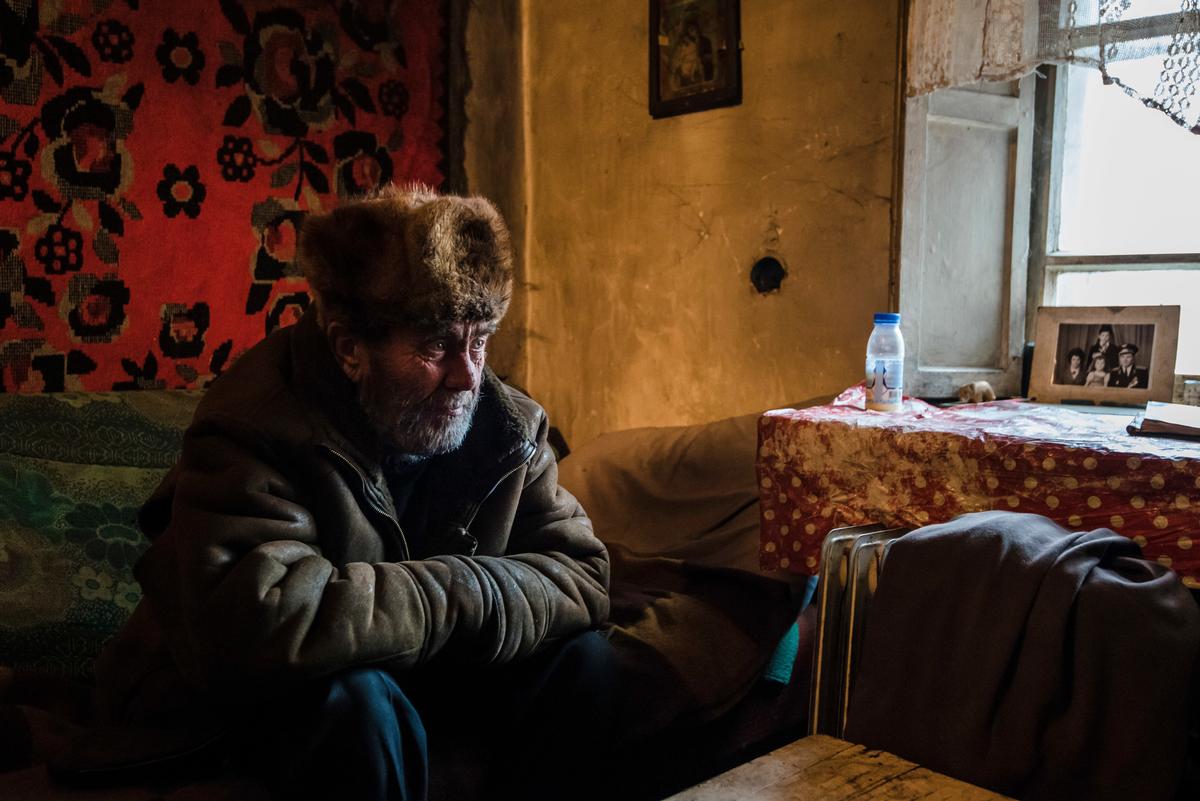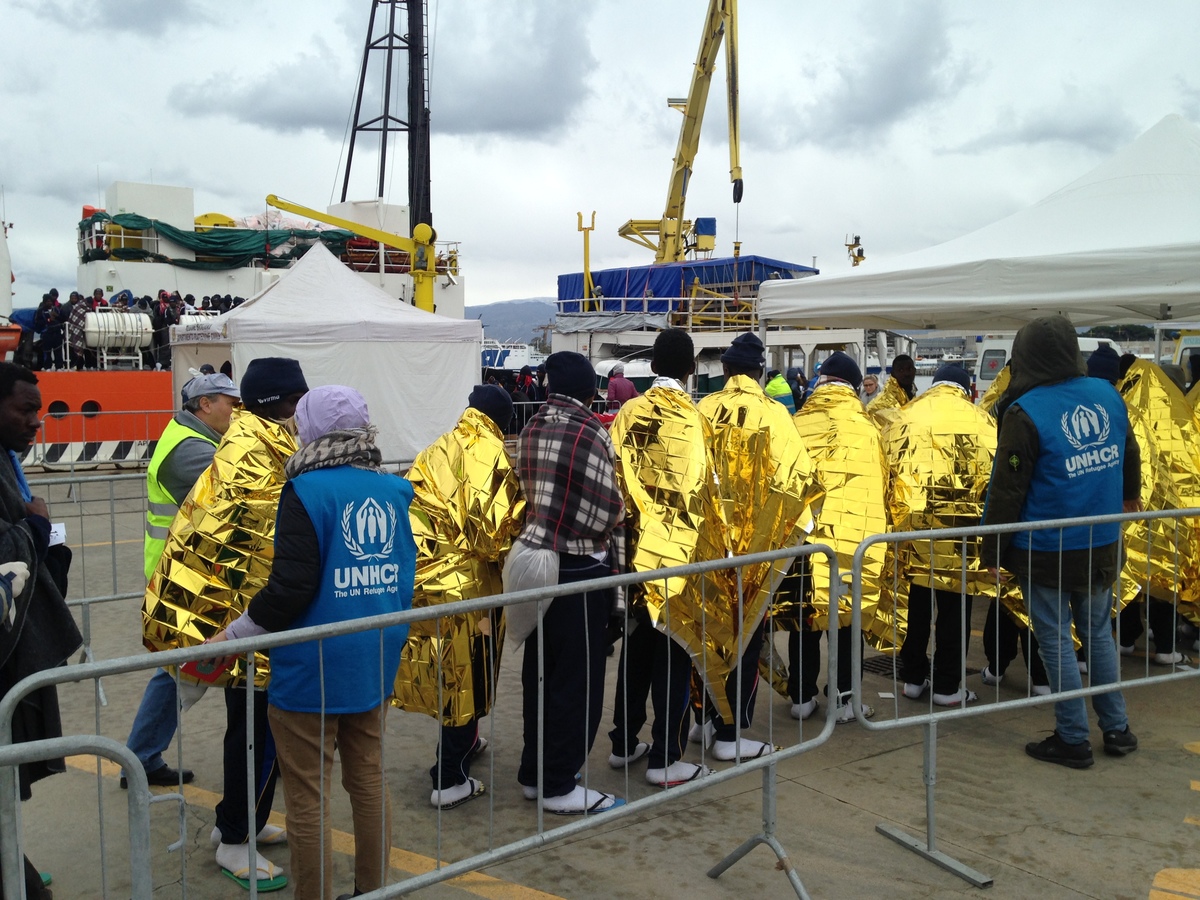2003 asylum statistics for industrialized states
2003 asylum statistics for industrialized states
New year-end statistics compiled by UNHCR show that the total number of asylum seekers arriving in 36 industrialized countries in 2003 fell by 20 percent, to 463,000. This is the lowest total since 1997, and the third lowest since 1988.
In the European Union, the number of asylum seekers dropped 22 percent from the previous year, to 288,000. This was also the lowest EU total since 1997, and well under half the record EU total of 669,000 in 1992 during the Balkan wars. (No figures are available for Italy in 2003, so it is also excluded from the EU historical comparison).
Russians - most of whom are Chechens - were easily the top asylum-seeking nationality in 2003, with a total of 33,400. Overall, the number of Russians increased by 68 percent. Across Europe as a whole, the number of Russian asylum seekers rose by 73 percent (although in the EU the rise was limited to 34 percent). Russian asylum seekers were concentrated in Austria (6,700), Poland (5,600) the Czech Republic (4,900), Germany (3,400) and Slovakia (2,700).
Among the top eight nationalities seeking asylum in 2003, Russians were the only one to increase. And of the top 39 nationalities, only four were higher than the previous year.
The top asylum-seeking groups over the past five years - the Iraqis, Afghans, and asylum seekers from Serbia and Montenegro (including Kosovars) - have all decreased sharply in number, reflecting the significant changes in their home countries.
Iraqis, the top group in 2002 at 49,400, dropped by 50 percent to 24,700 in 2003. Although 4,200 Iraqis sought asylum in January 2003, by December the number had fallen to under 900. The number of Afghans arriving also dropped by 46 percent, to 13,800. This was down from a peak of 52,300 in 2001, when they were the top group. The top group from 1998 to 2000 - asylum seekers from Serbia and Montenegro (who include Kosovars) - also fell by a further 23 percent last year, to 24,800.
A number of African countries which have seen a significant improvement in circumstances in recent years also saw important decreases, including Angolan asylum seekers who dropped by 46 percent compared to 2002; Sierra Leoneans, who dropped by 58 percent; and asylum seekers from the Democratic Republic of the Congo - where conditions have improved in several areas - who dropped 22 percent. The only major Africa group to go up was the Somalis, who rose by 7 percent.
The four top receiving countries last year were more closely bunched than is usually the case. The United Kingdom, with 61,050, received just 350 more asylum seekers than the United States, which received 60,700. These two were closely followed by France with 51,400 asylum seekers and Germany with 50,450. Most of the biggest receiving countries saw a sizeable decrease in the number of new asylum seekers: the U.K. fell by 41 percent (almost twice the EU average decrease); Germany fell by 29 percent, to its lowest total in 19 years; the Netherlands by 28 percent; the U.S. by 26 percent; and Austria by 18 percent.
It was the first time in 20 years that Germany has not been either top receiving industrialized country (15 times) or come in second (four times).









